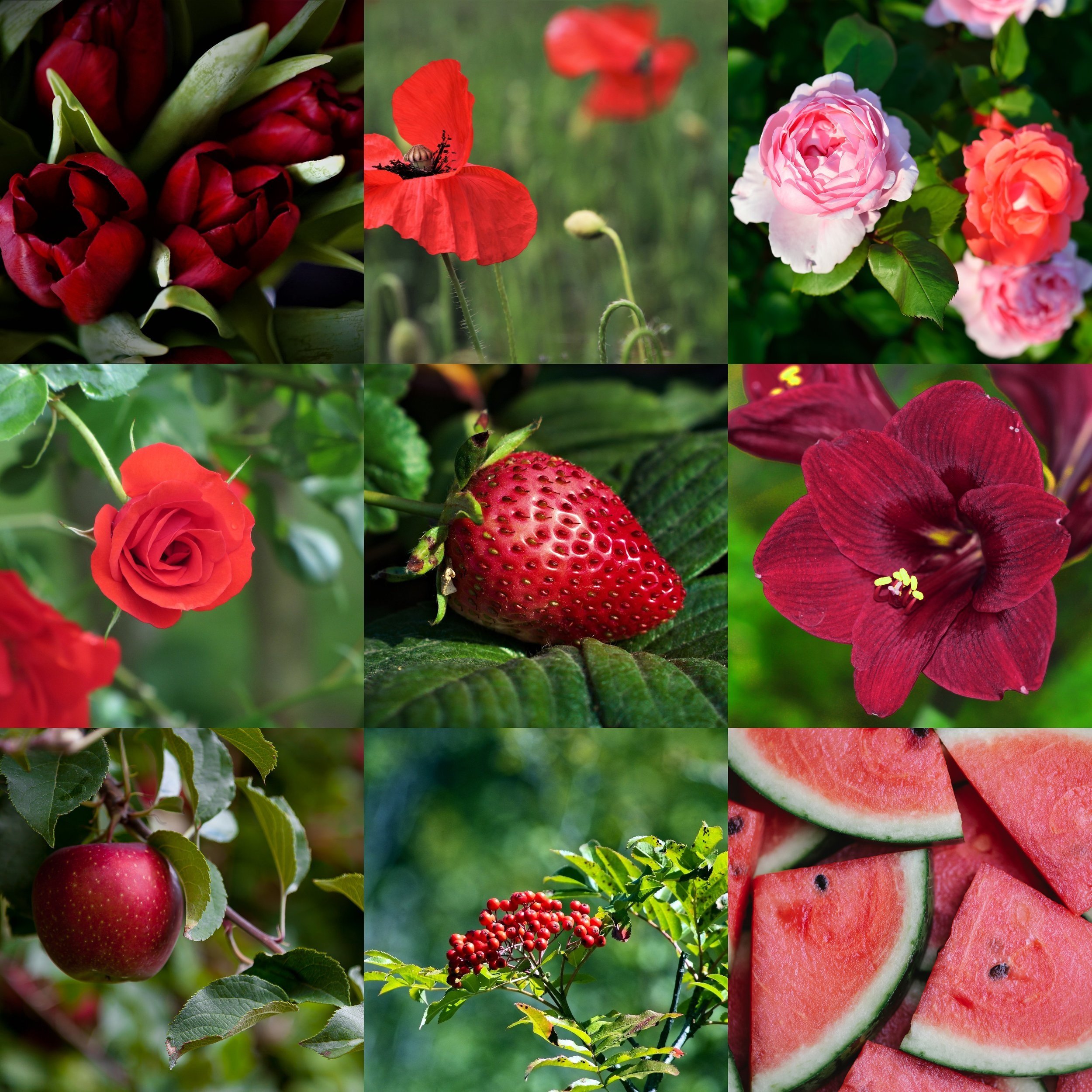Winning Color Combinations: It’s Totally Complementary
The beauty of having a Seasonal Color Consultation is that you never have to wonder about your best colors — you now have a gorgeous palette reflecting your personal color harmony and all the colors that best harmonize with you.
But learning how to combine your colors into winning combinations is a skill that takes some time to master. In this series, we’re going to look at some of the common color combinations and how you might use them to create more interest in your outfits.
We’ll begin with a complementary color scheme. We all know that opposites attract and this color scheme comes from combining 2 colors that are opposite one another on the color wheel. That would be Green and Red, Orange and Blue, Yellow and Purple. Bluegreen and Red Violet. These colors paired together make each other seem more vibrant when paired together.
“Essentially they are loving couples that bring out the best in each other. ”
Which of these six colors do you have in your palette? Do you have any complementary pairings?
Do you have a green and a red? Perhaps your green is an olive or sage or mint or hunter green. Your complementary red might actually be a terracotta red or a rose or a crimson or a tomato red. But we know that your particular shades of red and green will be harmonious (because all your colors harmonize with each other and with you).
Examples of complementary red & green in nature
Do you have blue and orange in your palette? Your blue might be navy, cornflower, royal blue, or dusty blue. Your version of orange may be tangerine, peach or coral. Together they form a complementary color combination just like we find in nature.
Examples of complementary blue & orange in nature
Or perhaps you have a purple and yellow pairing in your palette. Your purple could be lavender or wisteria, grape or dark purple. Your yellow may be goldenrod or wheat, butter or lemon. It may not be a color combination you’ve considered wearing together., but the effect is a popping contrast of color that can create a high-voltage look!
Examples of complementary purple and yellow in nature
If your own inherent color harmony is a complementary color combo i.e. orange hair & a blue eye or red hair & a green eye, then you’ll have a natural complementary color connection. And if you have been given two complementary colors in your palette you will be able to wear those two colors together.
Orange hair and blue eye create an inherent complementary color combination
However, if pairing your complementary colors is a little too intense for your style personality you can soften the look by adding in a third color next to one of the two. This is called a “split-complementary” and works well for those who need more blended color combinations.
Another way to lessen the electric impact is to play around with proportion. A 50/50 split may look great on a sports uniform, but for a more sophisticated combination try a 70/30 split, with 70% of your outfit being the main color and 30% its opposing color. You can achieve this by choosing a few accessories in a complementary color to the outfit you are wearing. Dressed head to toe in purple? Add a pair of yellow shoes, earrings, a handbag and a scarf. Or you can always wear your complementary colors in a print or a pattern. Choosing your complementary colors in their pastel shades is another way to lower their intensity. The key is to experiment and play with your complementary colors and see how you feel about the effect they have on you and on others when you wear them.
I’d love to see your complementary outfits so let’s be friends on FB & Instagram !
And if you don’t have any complementary colors in your personal palette not to worry, we’ll be back soon with another winning color combination.




